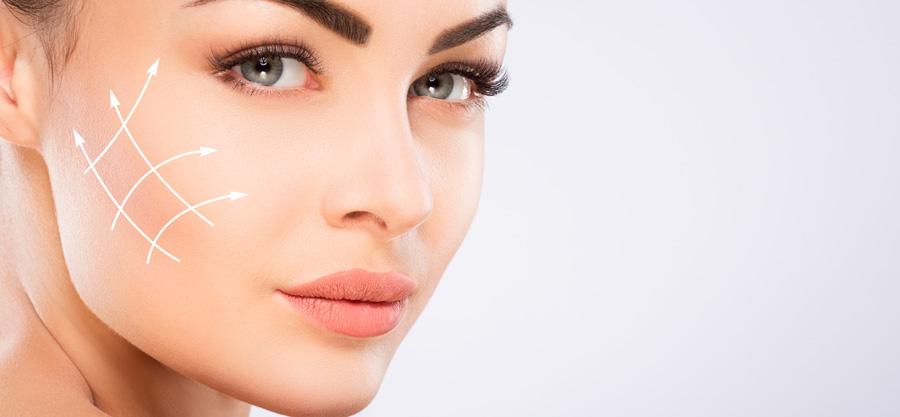What to do before your procedure?
At your initial consultation with Dr. Carlos Marciales, for Blepharoplasty in Tijuana, your medical history will be discussed and you will receive a physical exam. He must be healthy and have realistic goals for his procedure. Dr. Carlos Marciales will make recommendations based on his expectations and general health. In some cases, a smaller procedure may be enough to satisfy the goals of it.
Explanation of the procedure:
Blepharoplasty is a type of surgery performed to repair droopy eyelids and may involve the removal of excess skin, muscle, and fat. As you age, your eyelids stretch and the muscles that support them weaken. As a result, excess fat can accumulate above and below the eyelids, leading to sagging brows, drooping upper lids, and bags under the eyes.
In addition to making you look older, significant sagging of the skin around the eyes can reduce side vision (peripheral vision), especially in the upper, outer parts of the visual field. Blepharoplasty can reduce or eliminate vision problems and make the eyes appear younger and more alert.
What can I expect from a blepharoplasty procedure?
Before the procedure
Blepharoplasty is usually performed on an outpatient basis. Your surgeon will inject you with medication to numb your eyelids and give you medication through an IV to help you relax.
during the procedure
If you’re having both upper and lower eyelid surgery, your surgeon will usually start by working with your upper lids. He or she will make a cut along the crease of your eyelid, remove some of the excess skin, muscle, and possibly fat, and then close the cut.
On the lower lid, the surgeon will make a cut just below the lashes in the natural crease of the eye or inside the lower lid. He will remove or redistribute excess fat, muscle, and loose skin, and close the cut.
If the upper eyelid falls close to the pupil, the surgeon may do a blepharoplasty with a procedure called “palpebral ptosis” that provides additional support to the brow muscle.
Post operation:
- After surgery, you’ll spend time in the recovery room, where you’ll be monitored for any complications. You will be discharged later the same day so you can recover at home. After surgery, you may temporarily feel:
- Blurred vision due to lubricating ointment applied to your eyes
- Crying eyes
- light sensitivity
- Double vision
- Numb, swollen eyelids
- Swelling and bruising similar to having a “black eye”
- pain or discomfort
- Use ice packs on your eyes for 10 minutes every hour the night after surgery. The day after surgery, use ice packs on your eyes four to five times throughout the day.
- Gently cleanse your eyelids and use prescription eye drops or ointments.
- Avoid straining, lifting heavy objects, and swimming for a week.
- Avoid strenuous activities, such as aerobics and jogging, for a week.
- Avoid smoking.
- Avoid rubbing your eyes.
- If you wear contact lenses, do not put them in for at least two weeks after surgery.
- Wear dark sunglasses to protect the skin on your eyelids from the sun and wind.
- Sleep with your head elevated above chest level for a few days.
- Apply cold compresses to reduce swelling.
- If necessary, return to the doctor’s office after a few days to have the stitches removed.
- For about a week, avoid taking aspirin, ibuprofen (Advil, Motrin IB, others), naproxen sodium (Aleve, others), naproxen (Naprosyn), and any other medications or herbal supplements that can increase bleeding. If needed, take acetaminophen (Tylenol, others) to reduce pain.
- Difficulty breathing
- Chest pain
- unusual heart rate
- severe eye pain
- bleeding
- Vision problems
What are the risks?
Possible risks of eyelid surgery include:
- infection and bleeding
- dry and irritated eyes
- Difficulty closing your eyes or other problems with your eyelids
- Obvious scars
- eye muscle injury
- Color changes in the skin
- The need for follow-up surgery
- Temporarily blurred vision or, in rare cases, loss of vision
- Risks related to surgeries in general, including reactions to anesthesia and the formation of blood clots.
Call +66 43 880 147 for more information or to make an appointment.







